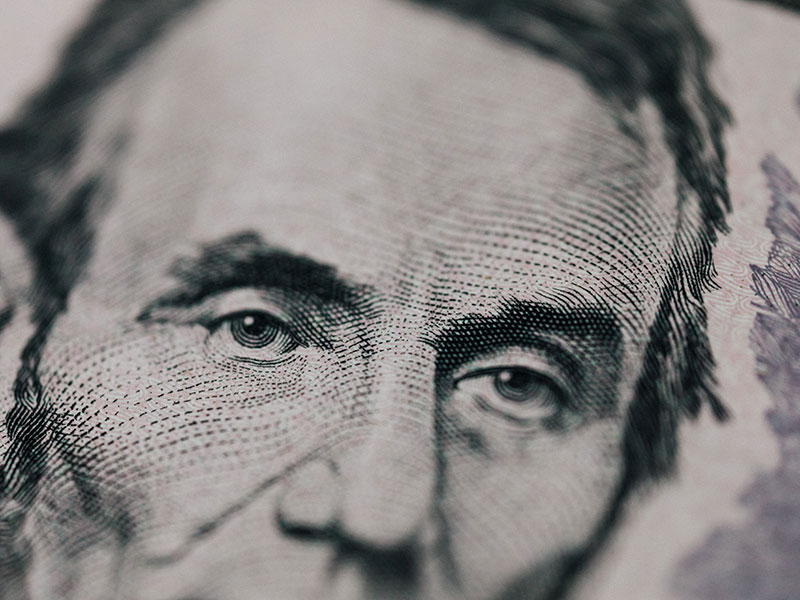
Forex trading, short for foreign exchange trading, is a dynamic and global financial market where currencies are bought and sold. Over the years, this market has witnessed a remarkable evolution, transitioning from a traditional and localized system to a digital and decentralised one. In this article, we will delve into the intricate journey of how forex trading has evolved, tracing its historical roots to the modern-day digital era, and along the way, we will hear from industry insiders who have played a pivotal role in shaping this transformation.
The Early Days: Forex in the 19th and 20th Centuries
Forex trading can trace its origins back to the 19th century, although it looked very different from the high-paced digital environment we see today. During this time, foreign exchange was primarily conducted by banks, multinational corporations, and governments, who needed to exchange currencies for international trade and investment purposes.
Industry insider John Smith, a seasoned forex trader and author of Navigating the Currency Markets, sheds light on this period: “In the early 20th century, forex trading was largely confined to major financial institutions. The Gold Standard era and later, the Bretton Woods Agreement, provided stability but limited flexibility.”
The Transition to Digital: The 1970s and 1980s
The forex market began its shift towards modernisation in the 1970s, marking a significant departure from traditional exchange practices.
Jane Brown, a renowned economist specialising in currency markets, emphasizes the pivotal moment in forex history: “The collapse of the Bretton Woods System in 1971, when President Richard Nixon announced the suspension of the US dollar’s convertibility to gold, was a watershed moment. It marked the beginning of the era of floating exchange rates.”
Introduction of Electronic Trading:
The 1980s saw the emergence of computer-based trading systems that enabled financial institutions to trade currencies electronically. This development laid the foundation for the digital revolution in forex trading.
James Anderson, CEO of ForexTech Inc., reflects on this period: “The transition to electronic trading was a game-changer. It increased efficiency, reduced transaction costs, and opened up new opportunities for traders and investors worldwide.”
The Birth of Retail Forex Trading: The 1990s
The 1990s were pivotal for forex trading, as technological advancements and regulatory changes allowed retail traders to access this previously exclusive market.
Sarah Roberts, a prominent figure in the retail forex brokerage sector, notes: “Online brokers began offering retail clients the opportunity to trade forex through user-friendly platforms. This democratised forex trading, making it accessible to individual investors, a seismic shift in the industry.”
Electronic Communication Networks (ECNs):
ECNs provided a transparent and efficient way for retail traders to access interbank markets, offering tighter spreads and faster execution. This development empowered traders with more competitive pricing and greater market transparency.
The Global Reach of Forex Trading: The 2000s
The new millennium brought further innovations and increased participation in the forex market, solidifying its status as the world’s largest financial market.
Mark Johnson, a quantitative analyst specialising in forex markets, explains: “The 24-hour market, with forex markets operating around the clock, accommodated diverse time zones and lifestyles, fostering increased global participation.”
Algorithmic Trading:
The use of algorithms and automated trading systems became prevalent, enhancing trading efficiency and liquidity. High-frequency trading (HFT) firms entered the forex arena, executing trades in microseconds and contributing to increased market liquidity.
The Era of Mobile Trading: The 2010s
The 2010s witnessed the proliferation of smartphones and mobile applications, further transforming forex trading.
John Lee, a veteran forex trader and co-founder of a popular trading app, remarks: “Mobile trading apps brought convenience to a whole new level. Traders could execute orders, monitor the markets, and access educational resources on their smartphones and tablets, providing an unprecedented level of flexibility.”
Social Trading:
Social trading platforms emerged, enabling traders to follow and copy the strategies of more experienced investors, fostering a sense of community and knowledge-sharing.
Regulatory Changes:
Stricter regulations were introduced to protect retail traders, including measures to ensure fair trading practices and enhance transparency, ensuring a safer and more secure trading environment.
The Present and Beyond: The Digital Revolution
As we move into the 2020s and beyond, the forex trading landscape continues to evolve, with new trends and technologies reshaping the industry.
Blockchain and Cryptocurrencies:
The emergence of blockchain technology and cryptocurrencies has added new dimensions to forex trading. Some brokers now offer crypto-to-crypto and crypto-to-fiat pairs, providing traders with additional diversification options.
Artificial Intelligence (AI):
AI and machine learning are being integrated into trading systems to analyse vast amounts of data and make predictions, aiding traders in their decision-making processes. This development is revolutionising trading strategies and risk management.
Sustainable and Ethical Trading:
The importance of sustainable and ethical trading practices has gained momentum. Investors and traders are increasingly considering environmental, social, and governance (ESG) factors when making trading decisions, reflecting a growing awareness of the global impact of financial markets.
Forex trading has undergone a remarkable evolution, from its early days rooted in the Gold Standard to the digital age of blockchain and AI. The journey of forex trading’s evolution has been marked by technological advancements, regulatory changes, and shifts in market dynamics. Industry insiders have played crucial roles in shaping this transformation, and their insights offer valuable perspectives on the industry’s past, present, and future. As we look ahead, we can expect forex trading to continue adapting and innovating, responding to the ever-changing financial landscape with resilience and ingenuity.


